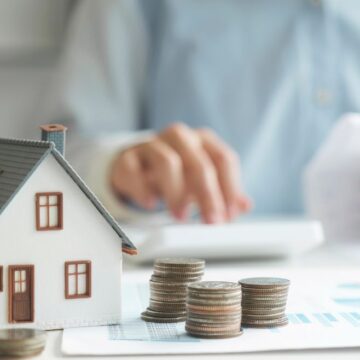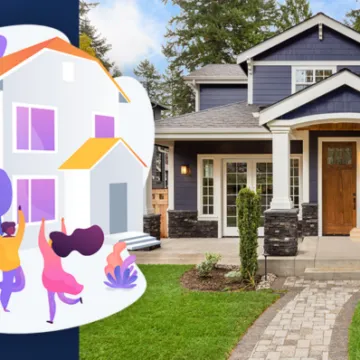On-Ramp Period Benefits: Until September 30, 2024, the 12-month on-ramp period provides relief for eligible federal student loan borrowers by preventing credit bureau reporting for late or missed payments and protecting against default and collections.
Payment Flexibility: If you’ve missed payments or struggle with affordability, consider the SAVE repayment plan, potentially allowing $0 monthly payments. Applying for income-based repayment plans is encouraged, with On-Ramp offering protection during the application process.
Addressing Glitches and High-Interest Debt: The On-Ramp period allows addressing repayment plan glitches without severe consequences. It’s also an opportunity to tackle high-interest debts, with GreenPath’s Debt Management ProgramDebt Management Program recommended for assistance in reducing interest rates and monthly payments.
On September 1st, 2023, interest began accruing again on federal student loans, and most borrowers had a payment due in October 2023. But a little-talked about federal program is the 12-month on-ramp period through September 30th, 2024, during which “borrowers will not be reported to credit bureaus, be considered in default, or referred to collection agencies for late, missed, or partial payments.”
This on-ramp period is only available to borrowers who qualified for the federal pandemic-era student loan relief. The transition back to paying student loans will likely be a stressful one for many, but the On-Ramp period does offer some relief across several scenarios.
1. You didn’t realize your payment was due.
Payments were originally scheduled to resume September 30, 2020, then extended to December 31, 2020, then extended to January 31, 2021. At one point the “last extension” was announced, but the relief was extended once again.
With so many timelines, it’s understandable if you were caught unaware. If your first payment came and you missed it, the Department of Education will not report you as delinquent to the credit bureaus. Your next payment is still due, and your interest charges have continued to accrue, but you’re safe from the harshest consequences of missing a payment. Breathe a sigh of relief and get back on track.
2. Your payment is too expensive.
Student loans were on pause for over three years, during which many individuals’ financial situation may have drastically changed. If your first bill came and you can’t afford it, you have options. The new SAVE repayment planSAVE repayment plan calculates discretionary income differently, so more people than ever qualify for $0 monthly payments.
Even if you didn’t qualify for income-based repayment plans before the pandemic, you may qualify now. It’s never too late to apply for an income-based repayment plan. Typically, servicers will pause your payments while they process your application. Even if they don’t, the 12-month On-Ramp program means you will avoid the harshest consequences while your application is processed.
3. You encounter glitches setting up your repayment plan.
Unfortunately, some borrowers have reported glitches in the student loan repayment plan system. The 12-month On-Ramp period gives you time to sort out any issues you may encounter in the system without severe consequences. GreenPath encourages borrowers to have patience with the new program, as it is common for new large programs to have a few glitches at first.
Some borrowers say they received a bill for a much higher amount than stated in their income-based repayment application. If you receive a bill that seems incorrect, contact your servicer. You can opt to make a partial payment while you wait for errors to be sorted out. The 12-month on-ramp period prevents severe consequences of missed or partial payments.
GreenPath Financial Service
Debt Management Program
GreenPath is a 60-year trusted national nonprofit, learn how GreenPath’s Debt Management Program can help you pay off your debt in 3-5 years, while helping you develop sound financial literacy.
4. You have some high-interest debt.
Credit card debt balances and interest rates are at an all-time high. If you have high-interest debts, you are not alone. An analysis of GreenPath data shows our clients had an average credit card balance of just under $10,000 in August 2022, but that increased to nearly $15,000 on average in August 2023.
Some borrowers are choosing to miss payments on lower-interest student loans to pay more towards high-interest debts. GreenPath does not encourage this, due to other consequences like interest charges and uncertainty at the end of the On-Ramp.
Instead, consider GreenPath’s Debt Management ProgramDebt Management Program for your high-interest debts. We will work with your creditors to potentially reduce interest rates and monthly payments. Take it from GreenPath client, Janis Collin: “Interest rates are what made it impossible. Because of GreenPath we became debt-free two years ago.”










